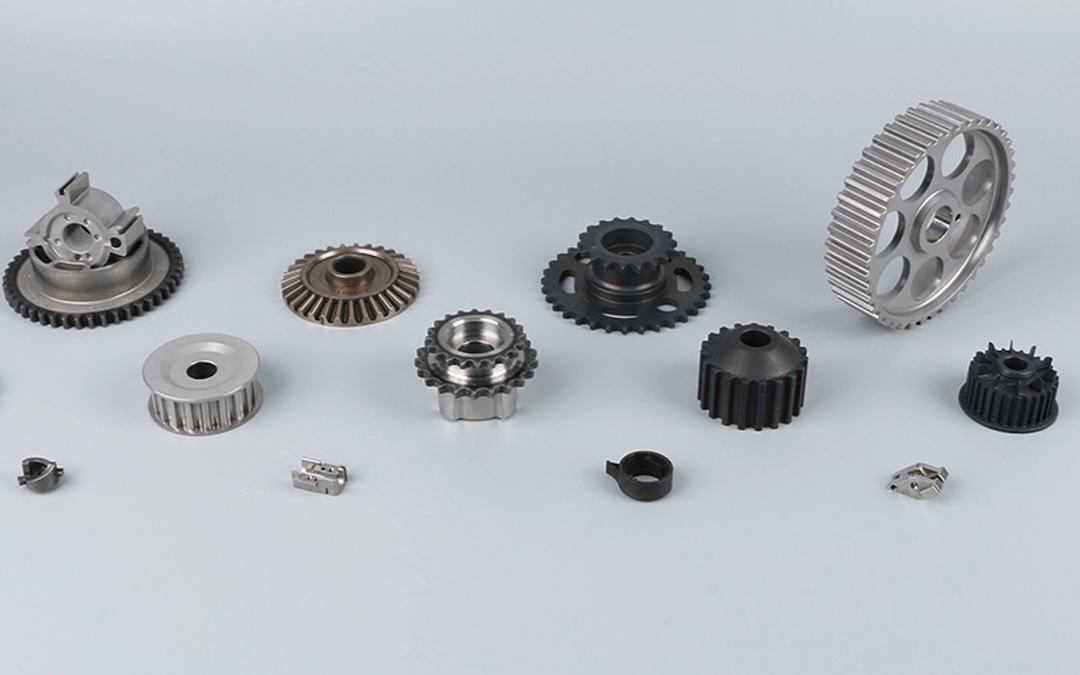
Modern cars are known for their advanced driver assistance systems (ADAS) and engine technologies. Both improve the user's driving experience by helping the vehicle acclimatize and adjust to road or operating conditions, contributing to safety and performance. ADAS can be active and passive systems that apply advanced techniques to improve one's driving and performance.
These systems use sensor technologies to capture the vehicle's surroundings and inform drivers. These can also take some urgent actions when required. On the contrary, advanced engine systems ensure better fuel efficiency, emission reduction, vehicle performance, and more. Let's explore two distinct yet cohesive vehicle components that play an integral role in ADAS and engine technologies.
ADAS: ABS (anti-lock braking system)
This anti-skid braking technology was commonly used in aircraft. Today, it also features in vehicles. ABS prevents wheels from getting locked when the brake is applied, thwarting skidding risks. Otherwise, the car can easily skid if the wheels stop rotating, especially in wet conditions. The ABS ensures this by keeping tires in touch with the road surface. It's an automatic system built on cadence and threshold braking principles.
Driving a car with reliable ABS means maintaining a reasonable braking distance and higher steering control. This feature is also good for the safety of pedestrians and other vehicles. You are less likely to lose control of your car, resulting in reduced accident risks. Your car brakes can also have a long run. Otherwise, excess heat generated from heavy braking can easily damage brake rotors and pads.
A car's ABS consists of an ABS speed sensor, valves, pump, controller, and brake fluid. ABS sensor can have a toothed ring, which is also called a reluctance or tone ring. These ABS sensor rings are metal structures with several teeth on the outer side. This ring is connected to the tires or the axles. It rotates when the wheel rotates. Due to this, the ABS sensor gets alerts about the magnetic field and creates electrical pulses or real-time data, tracking the wheel's speed. This continuous monitoring allows the system to read potential drops in wheel speed and tweak braking pressure to avoid locking risks. As a result, the vehicle remains stable by retaining its grip on the road.
Advanced engine technologies: VVT (Variable Valve Timing) systems
Cars need to track valve timing to optimize various aspects of combustion to fire up their engines quickly. Older engines used fixed valve timing, limiting their efficiency at low and high speeds. However, modern engines with VVT can dynamically change valve timing, improving overall driving performance. Again, this technology relies on essential components like oil control valves and sprockets.
While oil control valves regulate the oil flow to manage the sprocket's movement, the variable valve timing sprocket controls the camshaft's movement. The camshaft's mechanical shifting influences the engine's efficiency, sometimes creating more power and reducing emissions. As a result, you enjoy a smooth ride, reducing your overall carbon footprint.
Conclusion
ADAS and modern engine technologies work together to enhance both vehicle safety and performance. The ABS ensures safer driving by preventing wheel lock-up, maintaining traction, and improving braking efficiency, reducing accident risks. Meanwhile, Variable Valve Timing (VVT) systems optimize engine efficiency, improving power output and fuel economy while minimizing emissions. These innovations exemplify how modern vehicles integrate sophisticated technologies to provide a safer, smoother, and more efficient driving experience. As automotive advancements continue, these systems will play an even greater role in shaping the future of transportation.
These are just examples of how safe modern cars have become. If you are an automobile maker and need parts like sprockets or tone rings, consider ones made through powder metallurgy methodologies. These will be durable, affordable, and reliable.
Share this post
Leave a comment
All comments are moderated. Spammy and bot submitted comments are deleted. Please submit the comments that are helpful to others, and we'll approve your comments. A comment that includes outbound link will only be approved if the content is relevant to the topic, and has some value to our readers.



Comments (0)
No comment